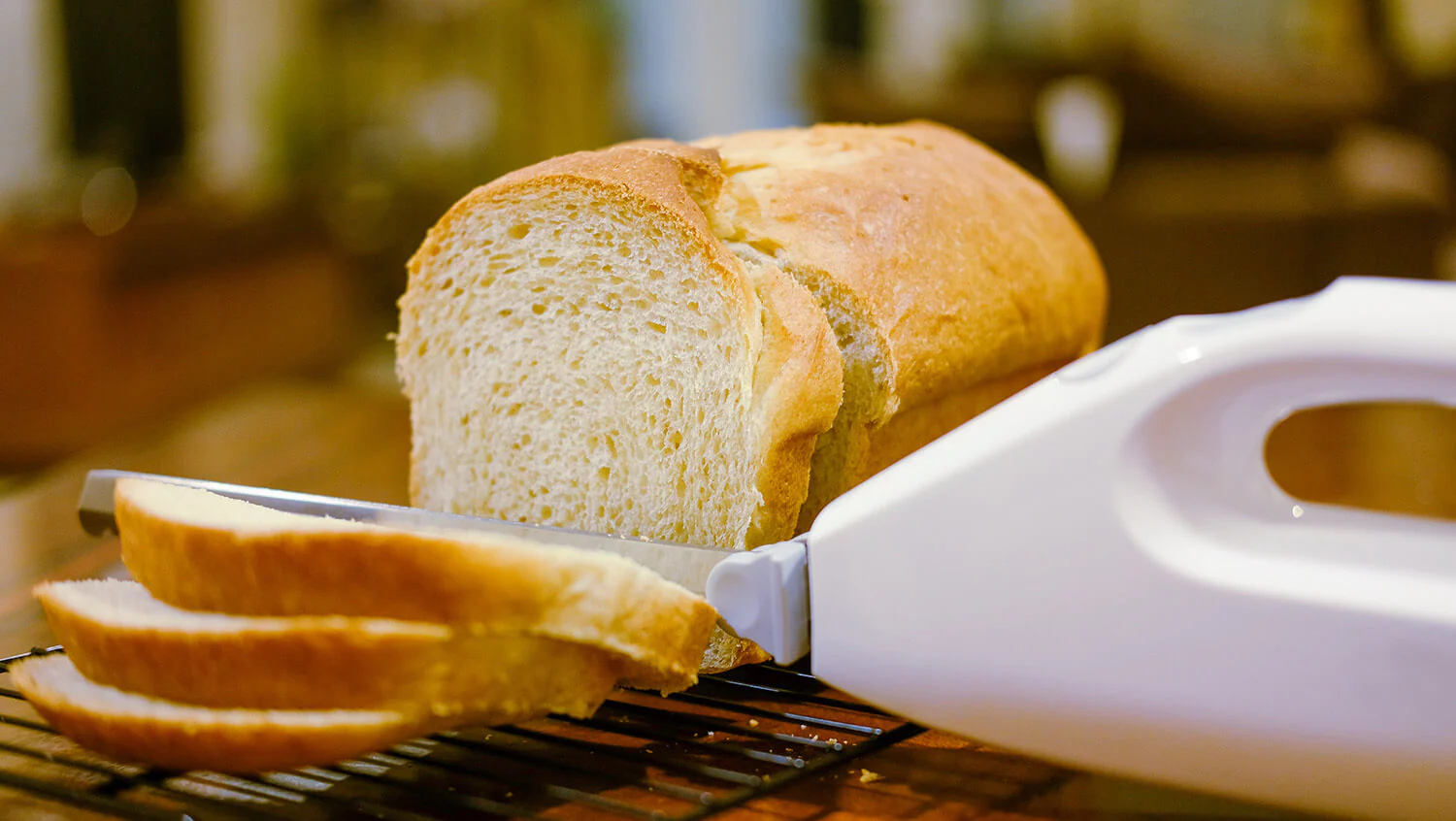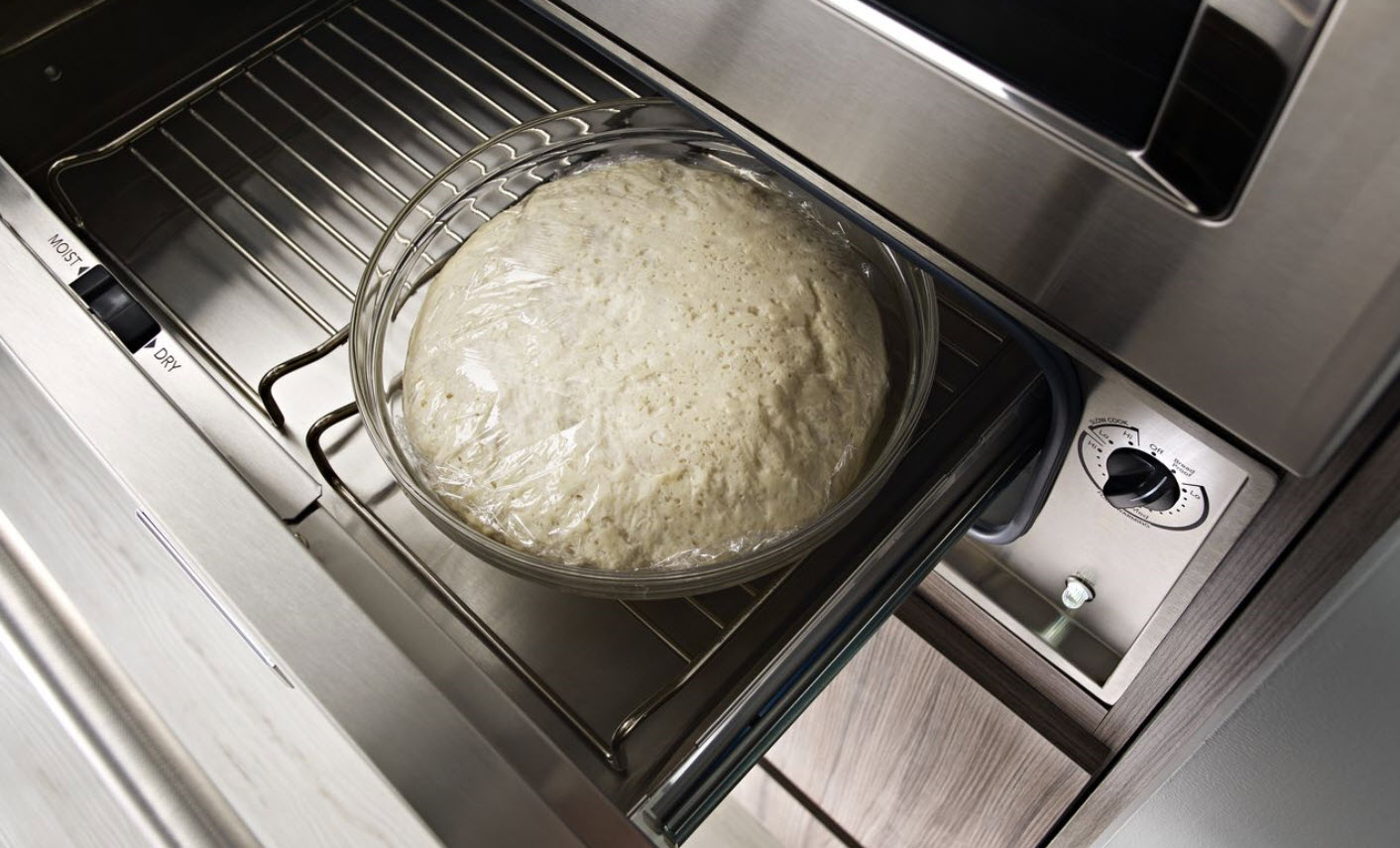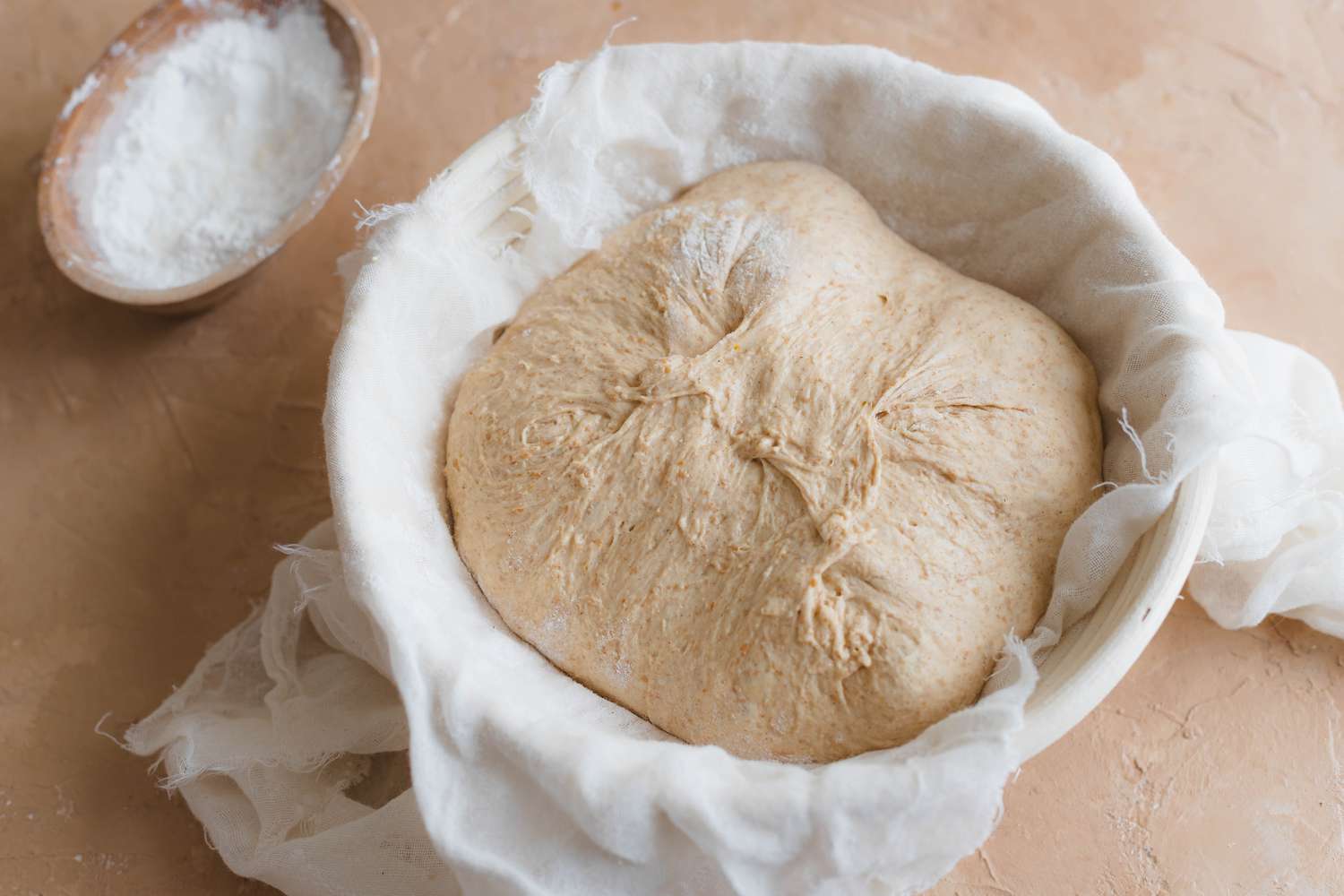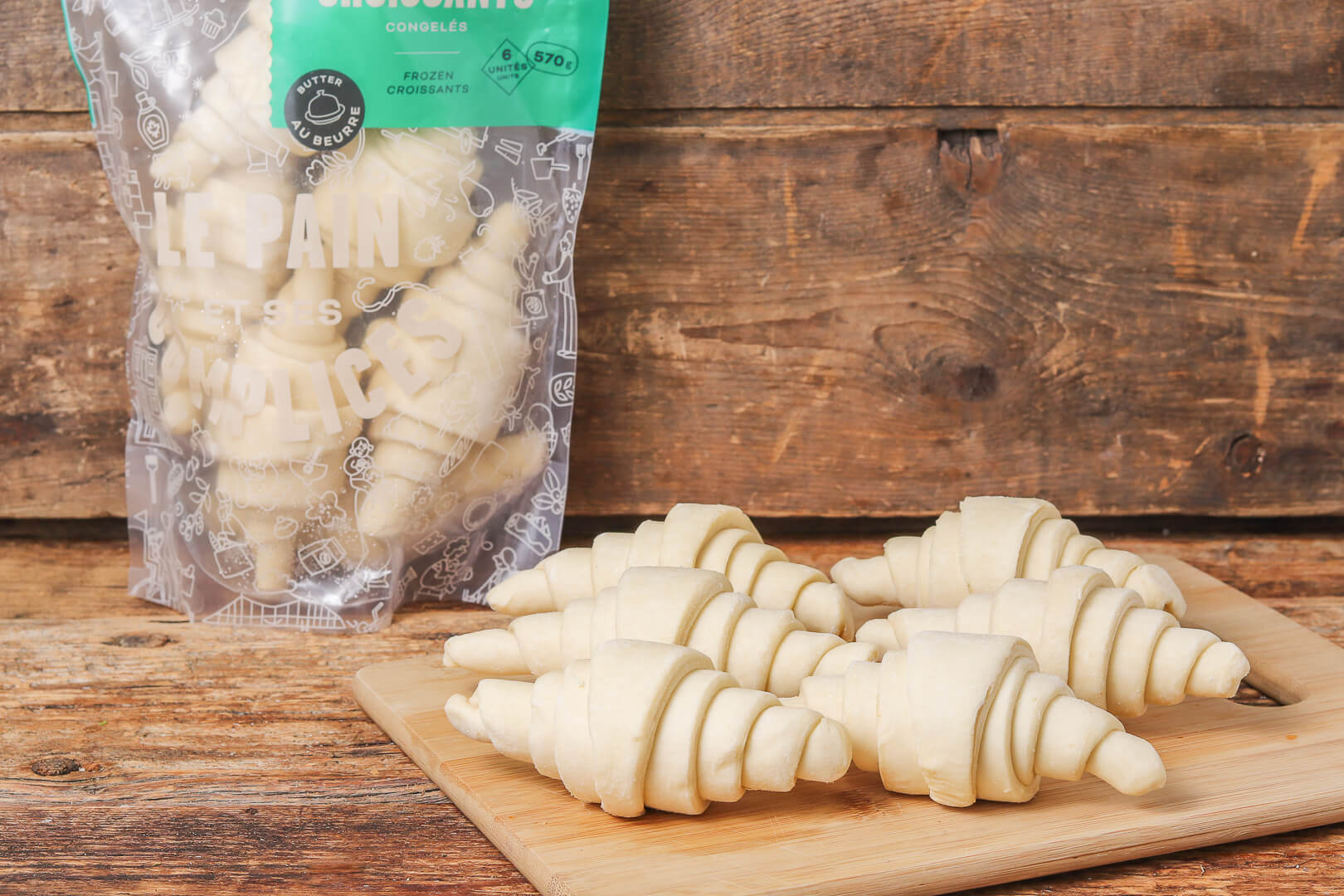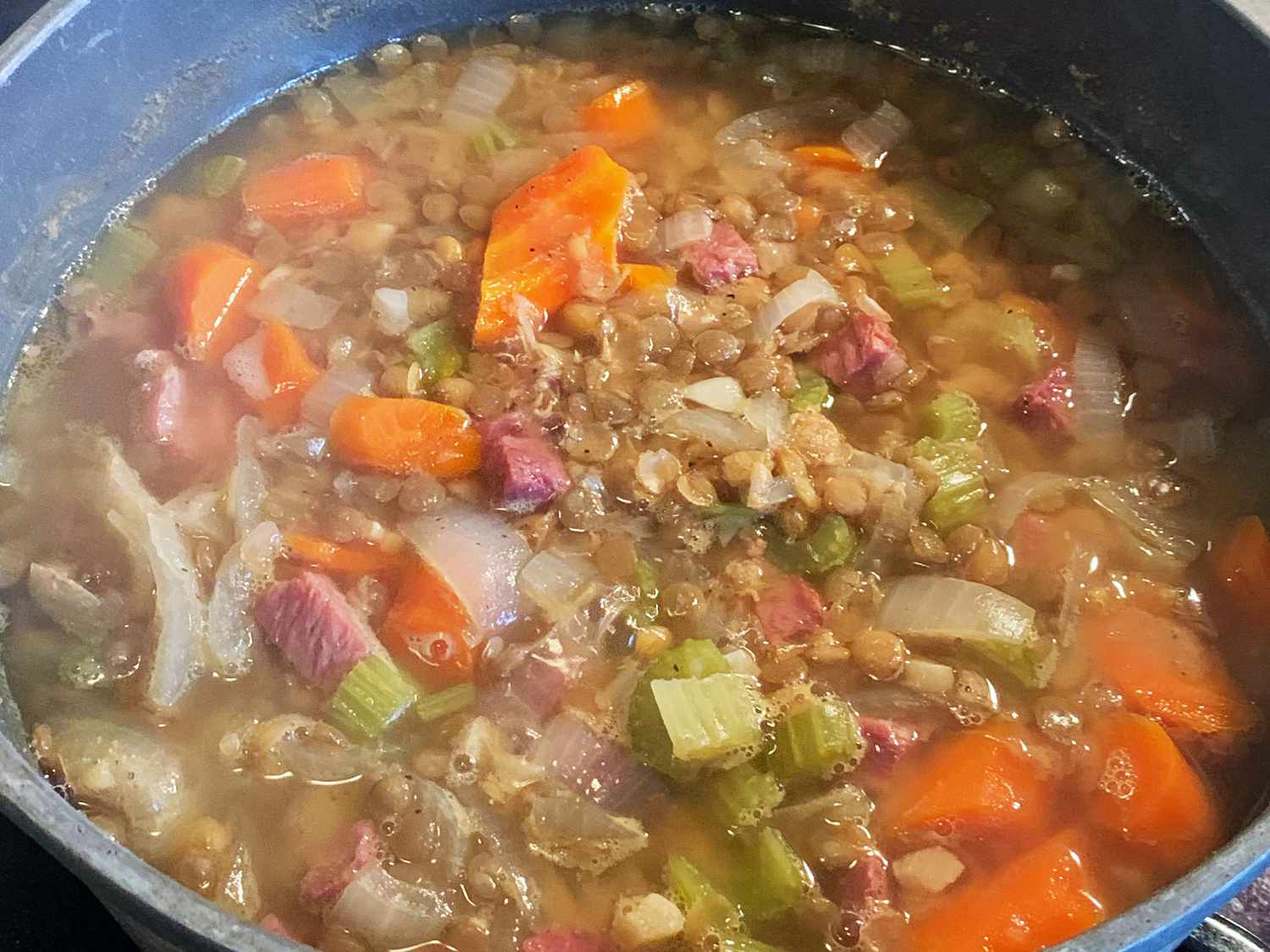Mastering the Art of Proofing Baguettes at Home
There’s something magical about the aroma of freshly baked bread wafting through the kitchen. If you’ve ever dreamed of creating your own crusty, golden baguettes at home, you’re in for a treat. The key to achieving that perfect texture and flavor lies in the process of proofing the dough. Here’s a step-by-step guide to help you master the art of proofing baguettes at home.
Understanding the Proofing Process
Before we dive into the specifics of proofing baguettes, let’s take a moment to understand what proofing actually means. Proofing is the final rise that shaped dough undergoes before it’s baked. During this stage, the yeast ferments the dough, causing it to rise and develop flavor. Proper proofing is essential for achieving the desired texture and structure in your baguettes.
Ingredients You’ll Need
Before you begin the proofing process, gather the following ingredients:
- Flour: Use high-quality bread flour for the best results.
- Yeast: Active dry yeast or instant yeast will work well for proofing.
- Water: Lukewarm water is essential for activating the yeast and hydrating the dough.
- Salt: Enhances the flavor of the baguettes.
Step-by-Step Proofing Process
Now, let’s walk through the essential steps for proofing baguettes at home:
- Mixing the Dough: Combine the flour, yeast, water, and salt to form a smooth, elastic dough.
- Kneading: Knead the dough until it’s supple and elastic. This helps develop the gluten, which is essential for the structure of the baguettes.
- First Rise: Place the dough in a greased bowl, cover it with a damp cloth, and let it rise until it doubles in size. This can take anywhere from 1 to 2 hours, depending on the temperature of your kitchen.
- Shaping the Baguettes: Once the dough has risen, gently deflate it and divide it into equal portions. Shape each portion into a slender baguette shape.
- Second Rise: Place the shaped baguettes on a floured surface, cover them, and let them rise for another 30 to 60 minutes. This allows the dough to ferment and develop flavor.
Signs of Proper Proofing
So, how do you know when your baguettes are adequately proofed and ready for the oven? Here are a few indicators to look for:
- Size: The baguettes should visibly increase in size during the second rise, indicating that the yeast has been active.
- Texture: Gently poke the dough with your finger. If the indentation slowly springs back, the baguettes are ready to bake.
- Visual Cues: The surface of the baguettes should appear puffy and slightly domed, a sign of successful proofing.
Baking Your Baguettes
Once your baguettes are thoroughly proofed, it’s time to bake them to golden perfection. Preheat your oven, slash the tops of the baguettes with a sharp knife to allow for expansion, and then bake them until they’re beautifully golden and crusty.
With these tips in mind, you’re well on your way to mastering the art of proofing baguettes at home. The next time you crave the irresistible aroma and taste of freshly baked baguettes, you’ll know just how to achieve it in your own kitchen.
Was this page helpful?
Read Next: How To Proof Bread Dough In Steam Oven
